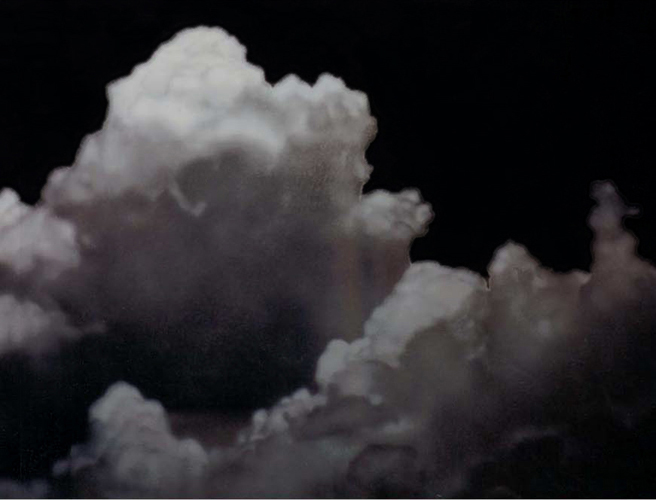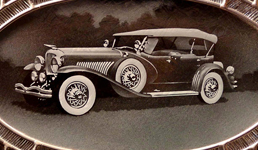Etched Glass
Studio Images
 Welcome to the new “etchings” section of the blog. Much more is coming soon, such as an in depth explanation about when the different etching techniques should be applied and what the optimum conditions for each are.
Welcome to the new “etchings” section of the blog. Much more is coming soon, such as an in depth explanation about when the different etching techniques should be applied and what the optimum conditions for each are.
The etching info here in the blog will go deeper into technical and artistic subjects, and it will probably get philosophical on occassion.
Another way to see info on etching is by visiting this link to the etchings category and of course, the entire blog is available by clicking the link in the sidebar to the right.
Etching Words
 I’ve always relied on writing for peace of mind, brainstorming, problem solving, and channeling creative energy. It feels distinctly recreational. I hope this will hold true for writing about my work. With that in mind, I think it’s best I jump in without too much forethought or strategizing, and keep it … recreational if possible.
I’ve always relied on writing for peace of mind, brainstorming, problem solving, and channeling creative energy. It feels distinctly recreational. I hope this will hold true for writing about my work. With that in mind, I think it’s best I jump in without too much forethought or strategizing, and keep it … recreational if possible.
As a starting point, I’m putting up this old picture I found of some clouds blasted more than twenty years ago. It marked a specific turning point in how I work. I was determined to find a way to get something other than the typical sharp edges created by cut-lines, which I did manage to do, but with great difficulty. It took at least another 10 years before I became comfortable with the technique that evolved. In fact, it’s really STILL evolving. It seems like each new project teaches me a little more.
This “blurring of the edges” is useful for depicting so many things that are otherwise very difficult with sandblasting. You can see (click to enlarge) that it is not only the edges of the clouds that are softened, the interior workings are made up of not-so-sharp/not-so-soft forms as well. For some reason it was a long time before I started utilizing this to emphasize depth by blurring elements in the background or even the foreground. Once I started doing it though, it’s now hard to resist.
 This car etched for Mercury Glass Co. was the first time that I can think of that I deliberately tried to blur the background to create a depth of field.
This car etched for Mercury Glass Co. was the first time that I can think of that I deliberately tried to blur the background to create a depth of field.
At the time I was also using this same technique to create the very controlled looking affects such as the high-light on the edge of the hood which is bright, bold, and somewhat sharp in comparison to the traditionally approached softer free-handed one on the back fender.
Depth (in depth)
 In glass etching, blurring is a labor intensive and difficult endeavor. In fact, because of the nature of the work, I would guess that examples of it are pretty rare, but there are several things that can be considered when creating a sense of depth. I’m almost entirely self taught, and so these are insights I’ve gathered through observation. They’ve come to me gradually over many years, a slow, natural, and enjoyable learning process.
In glass etching, blurring is a labor intensive and difficult endeavor. In fact, because of the nature of the work, I would guess that examples of it are pretty rare, but there are several things that can be considered when creating a sense of depth. I’m almost entirely self taught, and so these are insights I’ve gathered through observation. They’ve come to me gradually over many years, a slow, natural, and enjoyable learning process.
Contrast – The farther away a thing gets, the less contrast it has. Its darks and lights come together into grayer and grayer tones. This is the result of a few things, some of which are the following.
Atmosphere – The farther away a thing is, the more atmosphere you have to look through to see it. It is a subtle but real thing and in art it is best exaggerated.
Detail – The loss of detail is as affective a tool as blurring and is intimately related. It should happen in a gradual regular way right along side perspective and everything else. I often use the term resolution, as in “I need less resolution here”. There is a diminishing of “resolution” in addition to a loss of detail due to distance and this is because of the other factors such as the addition of atmosphere. You can see how they all relate and work together, so that one contributes to the next.
 I’ve tried these ideas out within various projects but never all at once and rarely to any extreme degree. It’s something I’m working toward – the amount of work involved will be beyond enormous, and I’m not sure when or if ever I will be able to do such a project. Fortunately, the strategic use of one or two of them is usually enough to create an illusion of depth. That is the beauty of art – it is enough that the suggestion is put forth, and the viewer can bring it the rest of the way.
I’ve tried these ideas out within various projects but never all at once and rarely to any extreme degree. It’s something I’m working toward – the amount of work involved will be beyond enormous, and I’m not sure when or if ever I will be able to do such a project. Fortunately, the strategic use of one or two of them is usually enough to create an illusion of depth. That is the beauty of art – it is enough that the suggestion is put forth, and the viewer can bring it the rest of the way.
There are countless other challenges I’d also like to explore in etching. Shadows are a huge and mysterious subject that I feel I may never completely conquer. Reflections are also a rough area, especially in combination with the wavy surface of water, which is in itself the most difficult natural creature to take on as a sandblaster. Water…. is…. difficult!… and speaking of creatures, have you ever tried to sandblast fur? That’s another tough one.
With trial and error these things do get less difficult over time, and occasionally you stumble across ways to make some of them downright easy. (to be continued)














